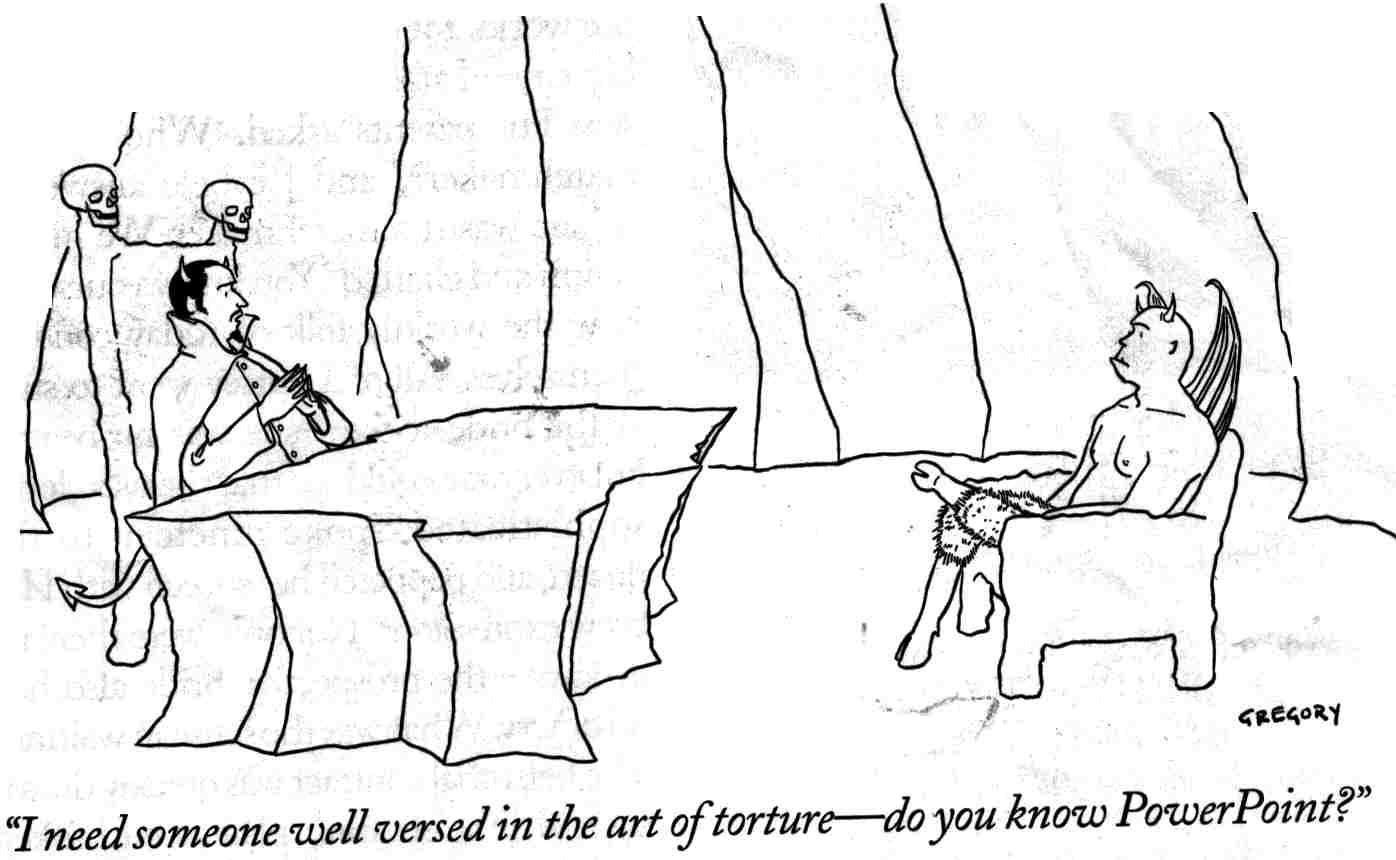3 habits of highly effective organizations
#managing_others Effective organizations deliver consistently because they have these three habits
I want to share a theory I have about organizational excellence with you, which I've dubbed "3 habits of highly effective organizations." Like the book whose title I riffed from, "7 habits of highly effective people", the lessons here may sound like common sense, but it may take an entire career to master in practice.
This article is the first in a four-part series that introduces the three habits and their relationship. The rest of the series will discuss each habit in turn and some practical tactics you can consider at work.
Prerequisites
For this discussion, the term "organization" can be a small team, multiple teams of people in a department, or the entire company.
We also assume that the organization is operating in a steady-state. That is, the critical key performance indicators of the organization are not rapidly decelerating, such as site uptime, user retention, and revenue, as three specific examples. If the organization is indeed unstable, this discussion is moot mainly because the focus will need to be to execute on a day to day basis quickly the one or two things that will stop the bleeding now.
Use these strategies when the patient is stable, and you're ready to scale.
Habit 1: Research and prioritize
The most incredible organizations I've participated in did just a few things, sometimes only one thing, at a time. While this may seem like common sense, the vast majority of us spend our careers working for organizations doing many things at once.
While such an approach guarantees high utilization of work capacity and activity, it fails to translate into meaningful results more often than not. Like a diversified portfolio, the investment splits the returns. Unlike a portfolio, the lack of sufficient investment creates no returns at all in certain bets.
Successful organizations prioritize their work across three dimensions :
Impact - What metric improves, and by how much if this project works?
Probability of success - What is the chance that this project will work?
Time - How long will it take to implement the project?
Then, they prioritize just a few projects that cheat towards the magic quadrant of the highest impact, the highest chance of success, in the least amount of time. Ineffective organizations prioritize everything in the universe of possibilities and try to do everything, hoping that something will work.
Habit 2: Cover and move
Most projects, regardless of complexity, require some coordination. If a single person can do everything on their own, you wouldn't need an organization. You already have Rambo leading the charge.
All too often, multiple people or groups of people are accountable for critical projects that depend on each other. This situation is akin to two military units, struggling to advance their objectives because they are both trying to move simultaneously while being pinned down by the same enemy. The military solution is to designate which group covers and which group moves throughout the mission until they achieve their objectives.
Ineffective organizations declare projects as necessary and ask everyone to work hard without defining who is covering and moving. As a result, people feel like they are in a three-legged race, with each person moving in a slightly different direction.
In contrast, effective organizations understand who is covering and who is moving at all times. Their people happily take turns supporting each other so that every party achieves its objectives.
Habit 3: Manage up, down, and around
Murphy's law is an adage or epigram that says: "Anything that can go wrong will go wrong."
I've never seen any reasonably complex project go precisely according to plan, and when things change, organizations need to keep everyone apprised of the situation. Everyone in the organization needs to adopt a culture of speaking in straight and clear facts about what their colleagues need to know to do their job. When the landscape changes, people will need to make swift decisions. In many cases, people may change priorities or alter cover and move dynamics.
The ineffective organization understands the need intuitively, but bad actors cripple them. The bad actors could be a middle-manager who never reports bad news or the leader who makes reporting so onerous that people's jobs become writing memos and giving presentations.
Clear communication is essential in managing up, down, and around. Effective organizations are not necessarily devoid of bureaucracy, but rather the participants tune their communication to their audience. These organizations deliver information in a format that is precisely packaged for their colleagues to make decisions. Instead of challenging to parse ornately written memos, relevant leading, and lagging metrics frequently communicate the state of affairs to stakeholders.
The three habits working together
If an organization is in the midst of a performance transformation, a reasonable question is, is there one habit people should focus on first? The uncomfortable answer is no.
If people have researched and prioritized their goals, but every participant is in it for themselves, and nobody is communicating the project's status, the project will fail.
If every participant coordinates in the organization, but the organization has too many poorly researched goals, and nobody is communicating project status, the project will fail.
If the organization has a robust and efficient framework for communicating project status, but the organization has too many poorly researched goals, and everyone is in it for themselves, the project will fail.
To be an effective organization, you'll need to learn how to juggle all three balls together. Ready?
We'll do a deep dive on "Research and Prioritize" next time!








